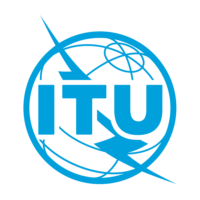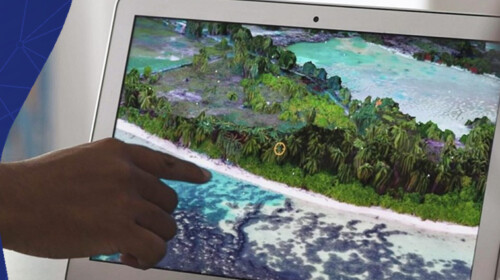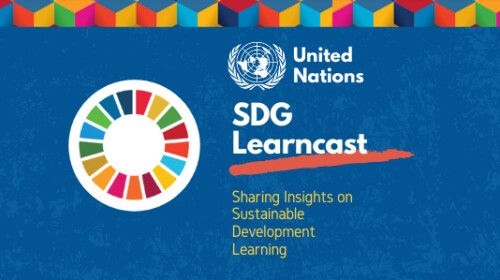The world is facing an unprecedented experience in which Information and Communication Technologies (ICTs) are, in certain circumstances, almost the only possibility for people to communicate with one another. The importance of accessing instructions and vital information during the COVID-19 pandemic period was crucial for all people. This pandemic exposed potential exclusion and inequalities in the digital world, particularly for persons with disabilities, migrants, illiterate or low literacy persons, and other vulnerable groups. It is essential that digital information products and services are designed, developed, and delivered in digitally accessible formats to ensure that all people, regardless of their gender, age or ability can access and benefit from technology. This training explains why it is essential that crucial digital information during crises and emergency situations be distributed and made available in digitally accessible formats to ensure that no one is left behind. It further presents how to ensure that digital information will reach all people, including persons with disabilities and particularly those with visual or hearing impairments that require alternative solutions such as screen readers, captioning or sign language to read and understand digital information.
Target Audience
This course is recommended for all personnel working in public communications, particularly those called upon to provide information in crisis and emergency situations. This training course is designed for all stakeholders (including ITU members, ICT service providers, policymakers, and ICT stakeholders) or individuals who wish to enhance their knowledge on the topic of ICT Accessibility.
To ensure inclusive learning, this online self-paced training course has been designed and developed in digitally accessible formats and is, therefore, accessible to all people, including persons with disabilities, such as blind persons or persons with visual impairments, deaf persons and/or persons with hearing impairments.
Learning Objectives
Upon completion of this course, learners will be able to:
- Recognize the importance of accessible digital communication during crises and emergency situations.
- Examine the concepts related to inclusive digital communication and ICT accessibility.
- Name and identify specific actions to ensure vital information is accessible for all people, including persons with disabilities, on various communication platforms.
- Recognize the phases of a crisis to anticipate, mitigate, and problem solve effectively.
- Describe the importance of inclusive digital communication during crises or emergency situations.







